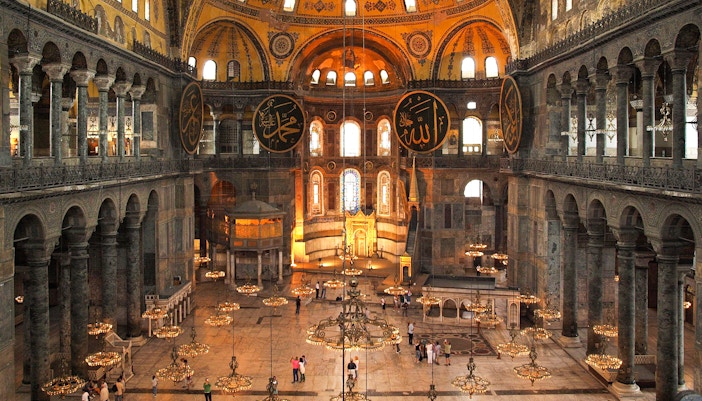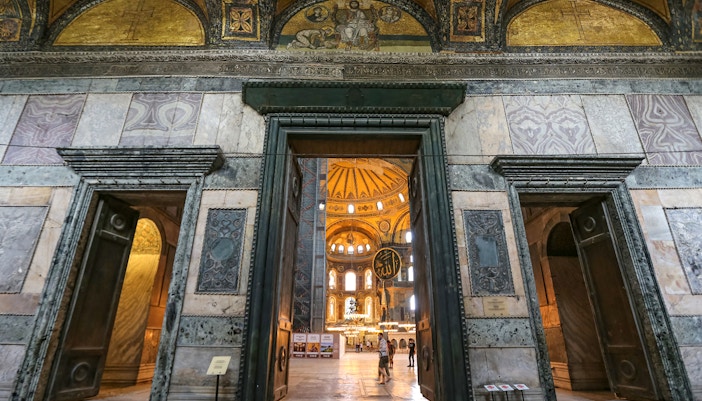The grand Hagia Sophia is one of the most culturally significant monuments in the city of Istanbul. Recognized as a world heritage site by UNESCO, the Hagia Sophia has lived through centuries, empires and disasters to tell the tale of time. This landmark was initially constructed as a church, to serve as a pivotal point of worship for the Christian world under the east Roman Empire. While it was subsequently converted to a mosque, a museum and now back to a mosque again, the Hagia Sophia Church has a rich backstory.



















